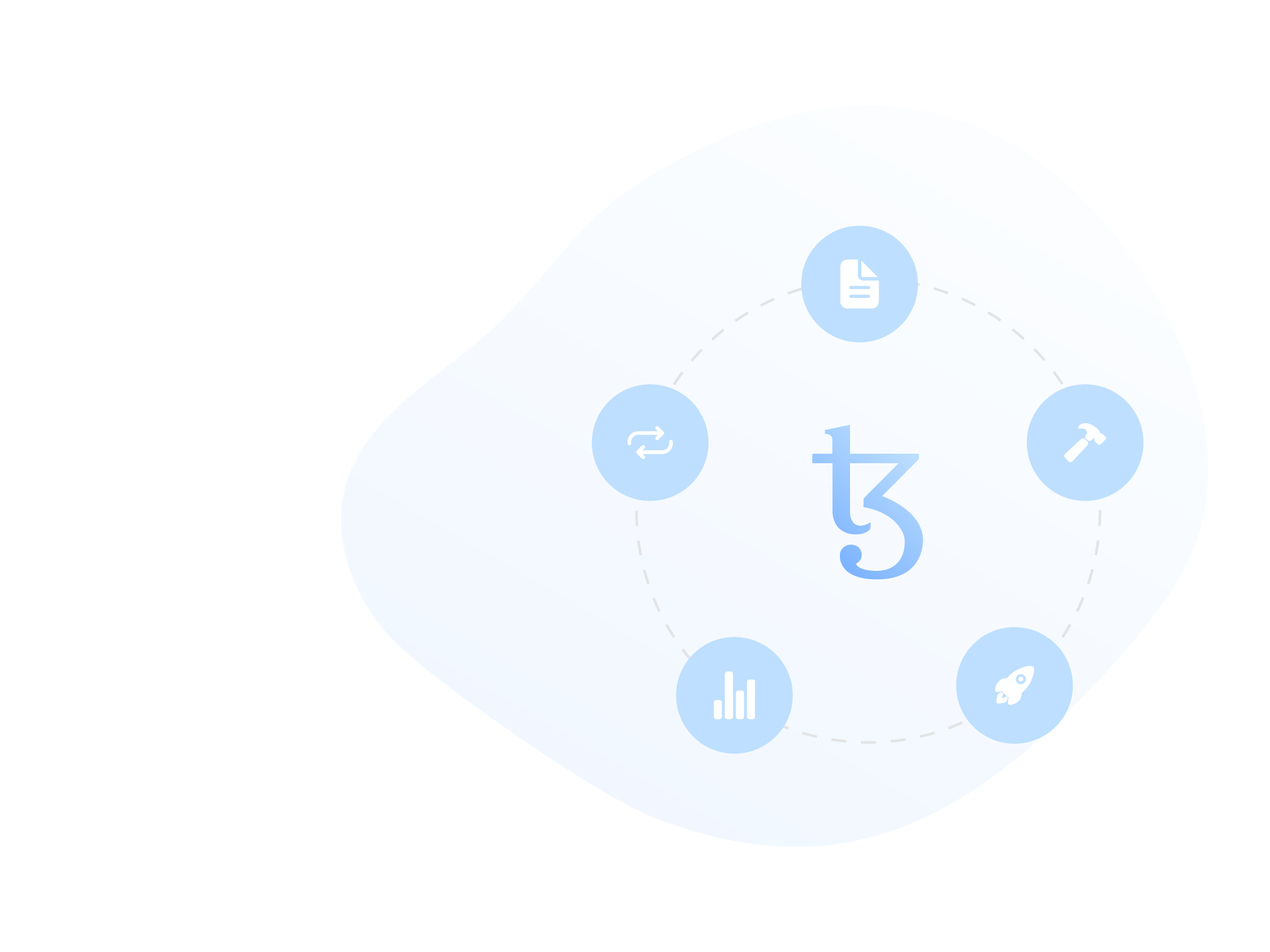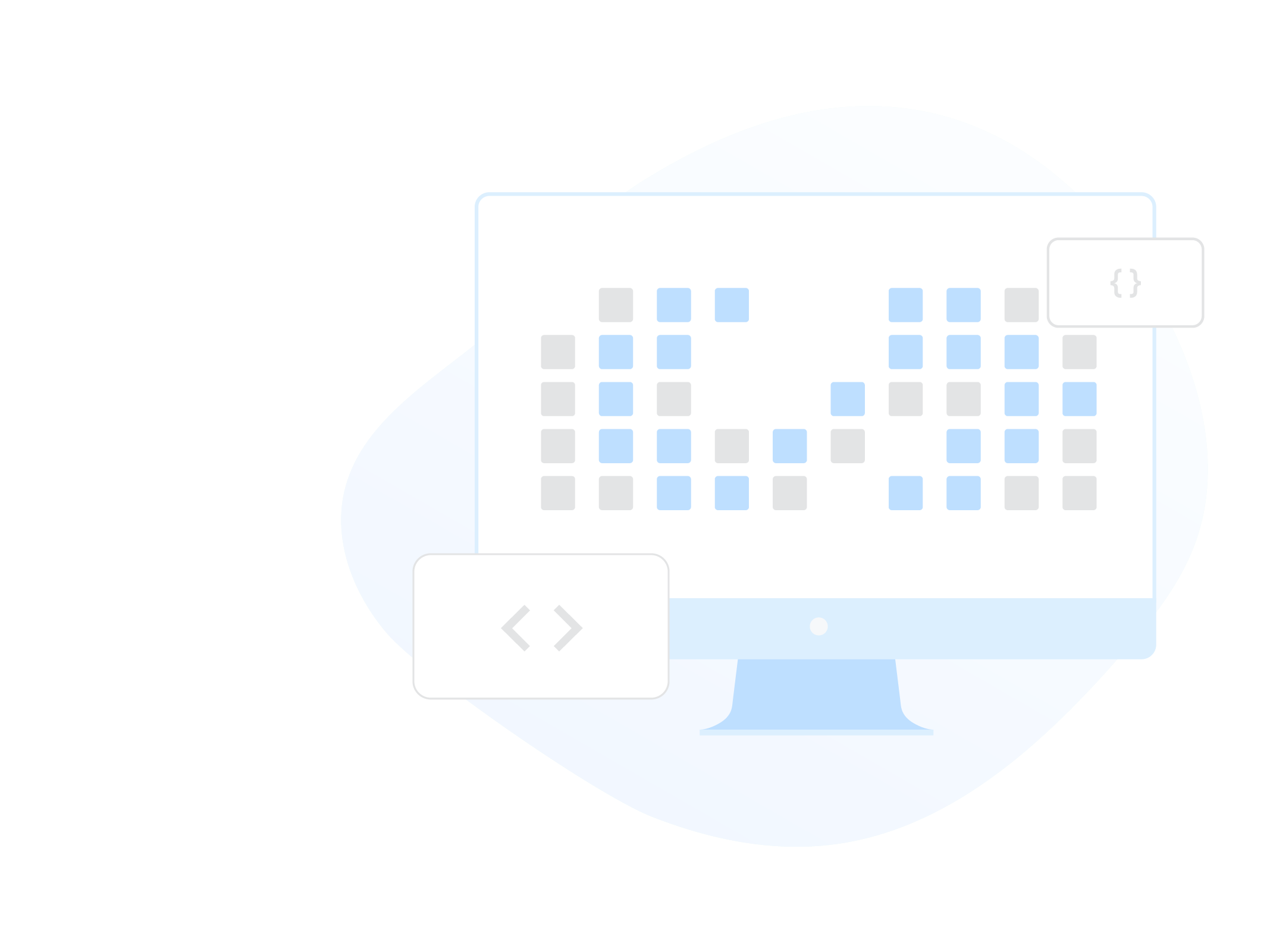TZMINT Project
A Rolling SAFE with Tezos

A Rolling Simple Agreement for Future Equity with Tezos
Decentralized finance (DeFi) is an umbrella term for self-custody, peer-to-peer (P2P) financial services and applications built on blockchains. Naturally, the disintermediation that comes with decentralized finance has created a variety of financial innovations. The first wave of innovation came with initial coin offerings (ICOs) and was quickly followed by security token offerings (STOs). One of the most recent innovations is programmable equity.
A Rolling Simple Agreement for Future Equity (Rolling SAFE) is the perfect example of innovation presenting a blockchain-based programmable equity offering. It builds on simple agreements for future equity (SAFEs), which are currently used by many startups to raise capital in the first financing round, i.e. a seed round. Blockchain-based funding mechanisms built on blockchains have allowed for increased transparency, reward investors for taking risks, and make it simpler for companies to raise capital.
Many of the DeFi instruments developed so far have a difficult standing when it comes to existing financial market regulations and security law obligations. The Rolling SAFE has been designed to comply with current US legislation and regulations on securities, security issuance exemptions, and tax reporting.
The project
As part of our engagement in Tezos, B9lab has developed a sample project application of a Rolling SAFE. It showcases an implementation of a full web application interacting with Tezos, the TZMINT web application, and its ecosystem stack. The project illustrates how to address challenges, which are natural when one moves from a simple local proof-of-concept implementation to a public web application.
This project is a great resource to dive into a functioning sample application of a real use case, a Rolling SAFE.
There is no real investment nor company behind this application. All transactions are performed on the Tezos Hangzhou Testnet. The tokens acquired cannot be traded on secondary markets and do not represent a real claim or value. To stay compliant with US law the secondary market could take place in treasury functions, which have not been implemented in this use case.

In this chapter
In this chapter, we will dive deep into the different elements of developing a Rolling SAFE on Tezos.
In the next sections, you can discover:
- An explanation of what a Rolling SAFE is and how it came into being,
- How core functions can be implemented in a smart contract,
- How to build a web application for the offering, and
- All on testing when it comes to such an offering.
Want to discover more on how a Rolling SAFE works and what benefits this new financial mechanism brings for issuers and investors?
Let's take a closer look at the smart contract and how we can implement core functions of the offering with it.
Want to build a web application for your offering? Let's take a look at the UI used in this example project!
Testing is vital! If you want to find out more on how to test an application, this will give you an example of how to conduct testing and the challenges that come with it.